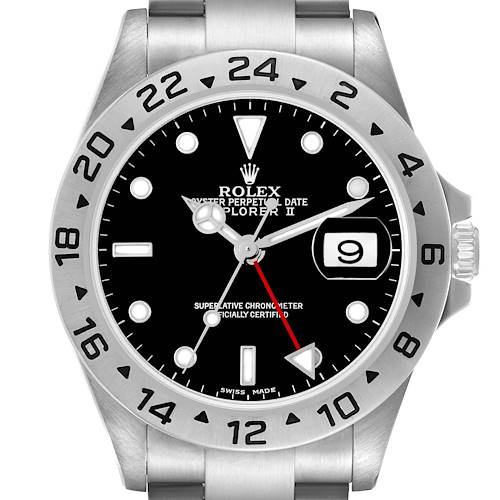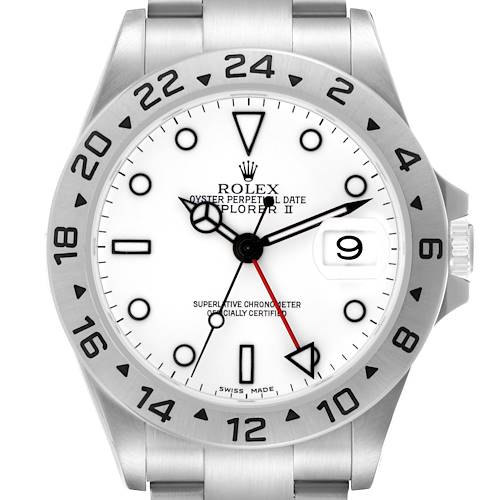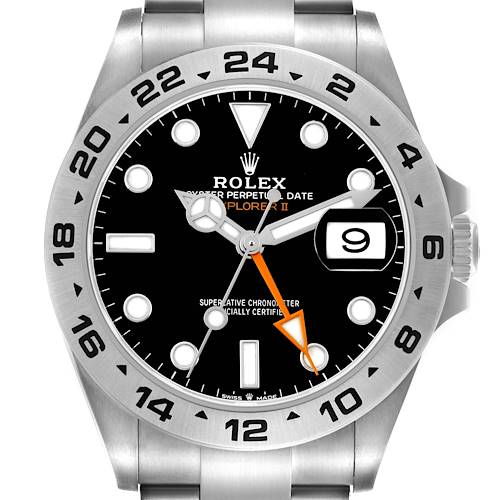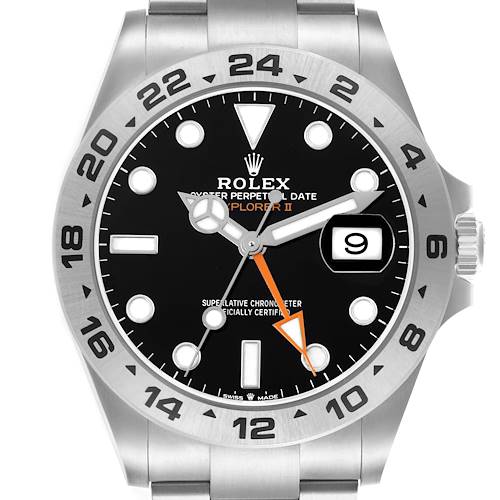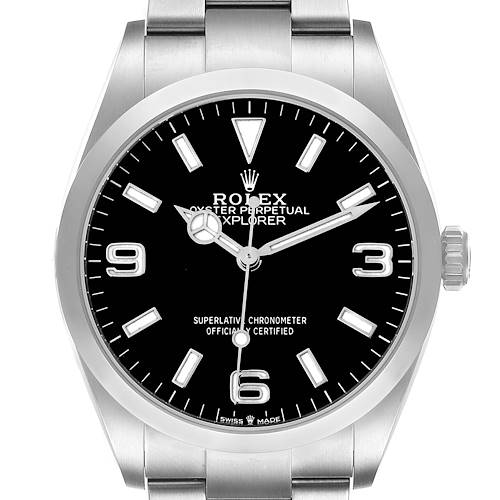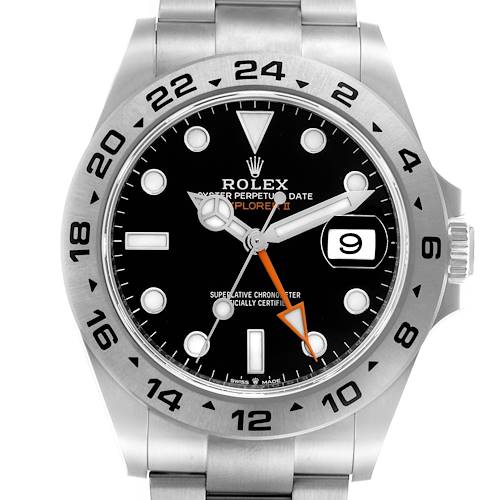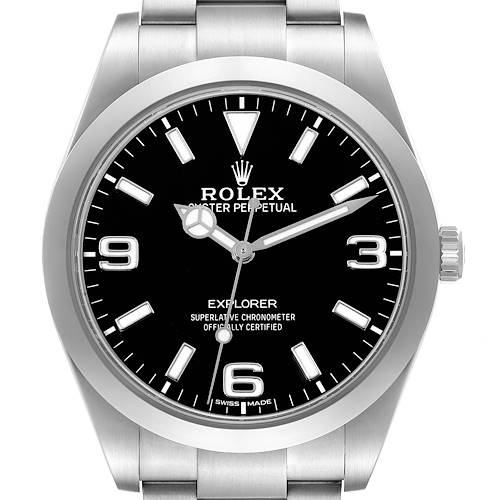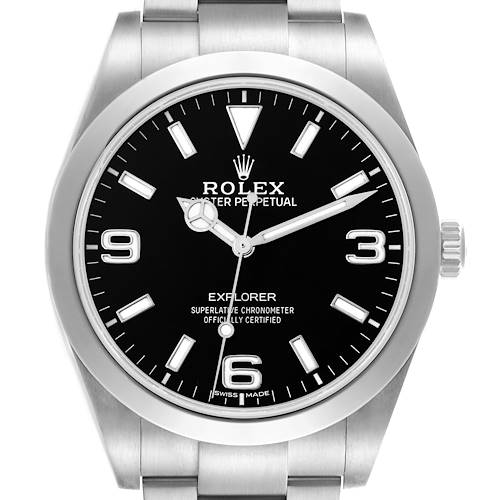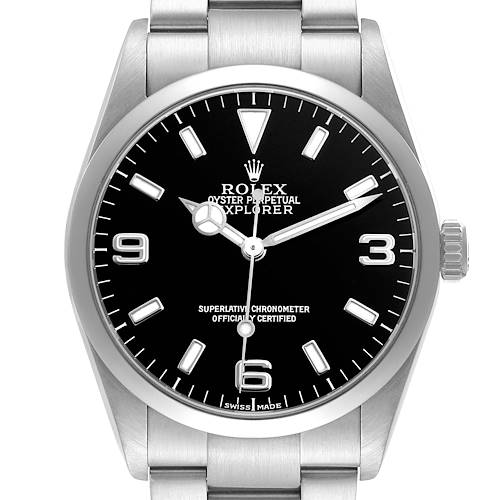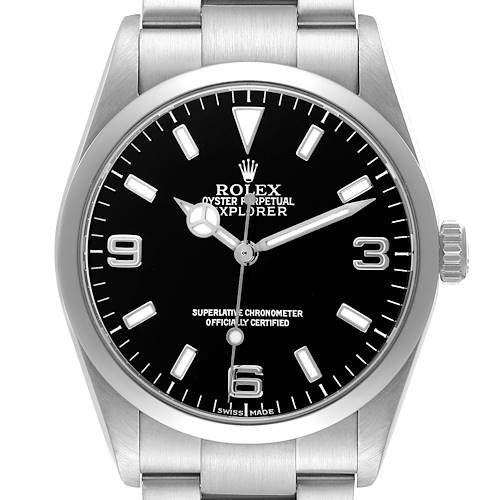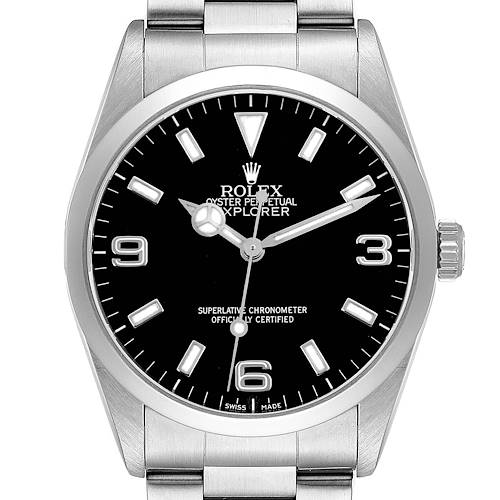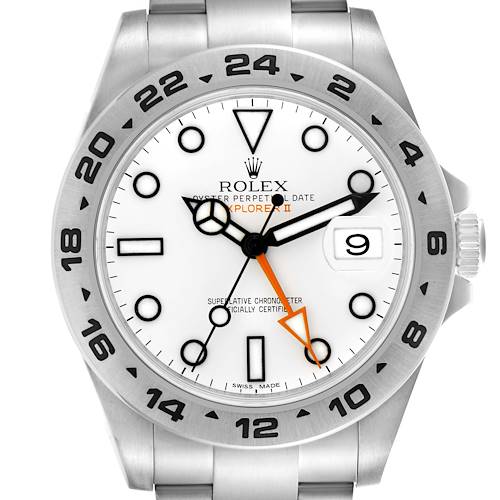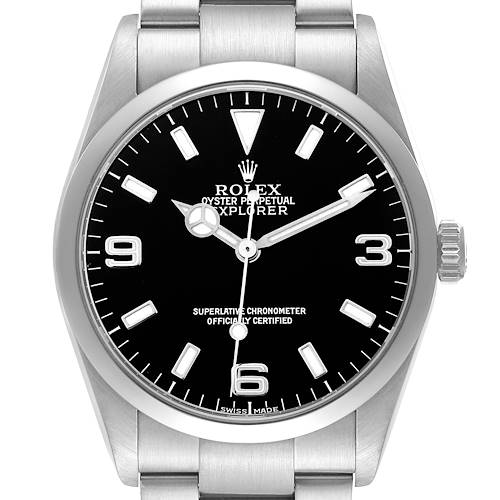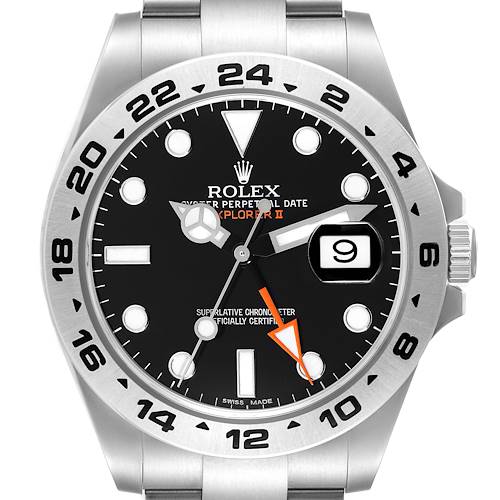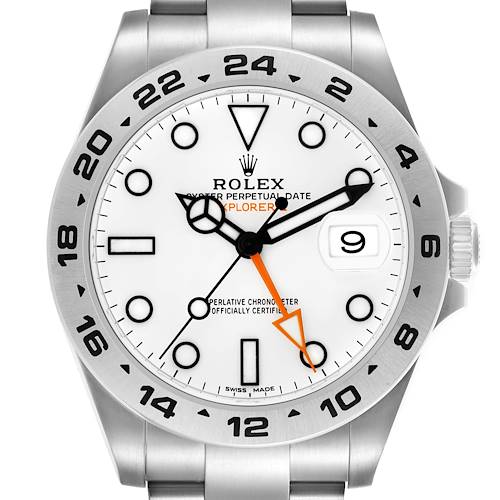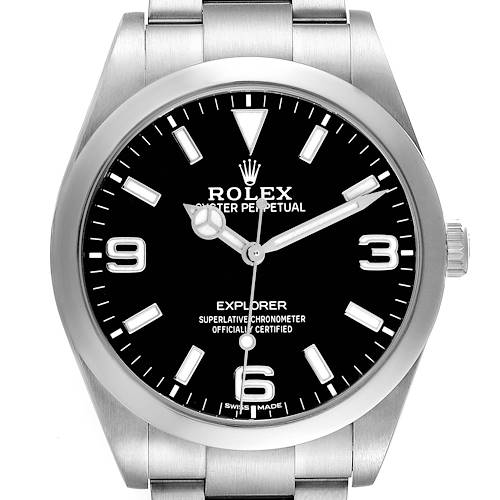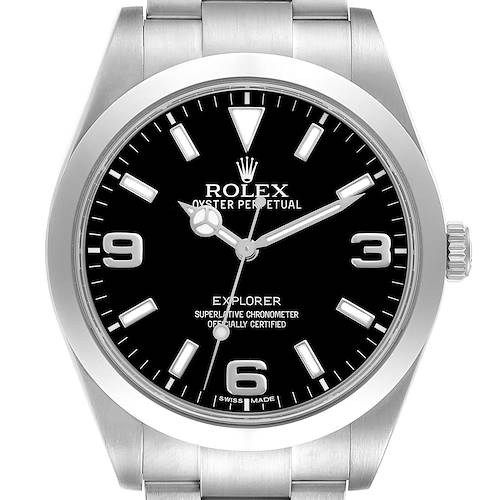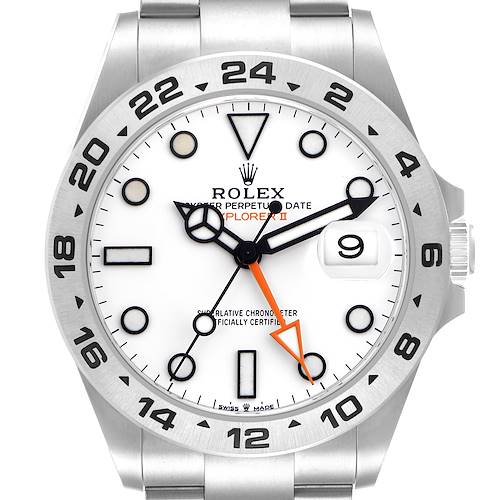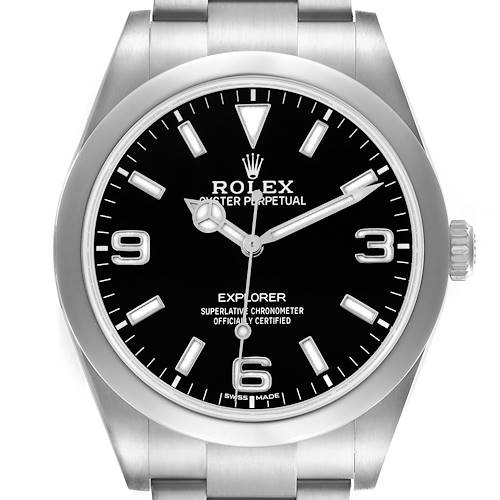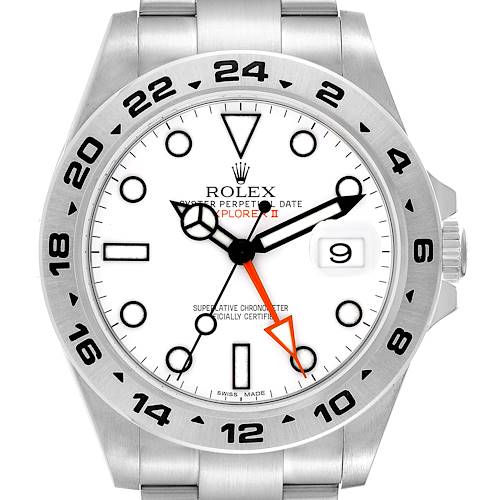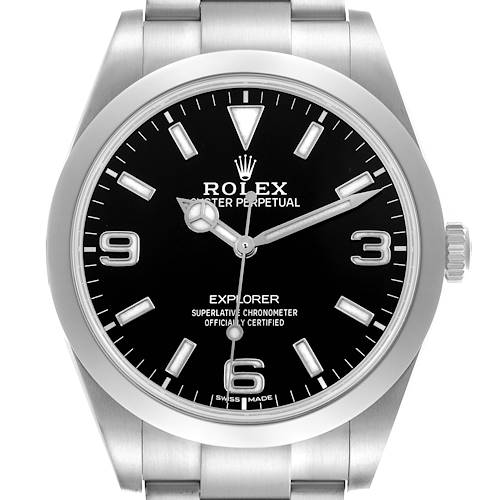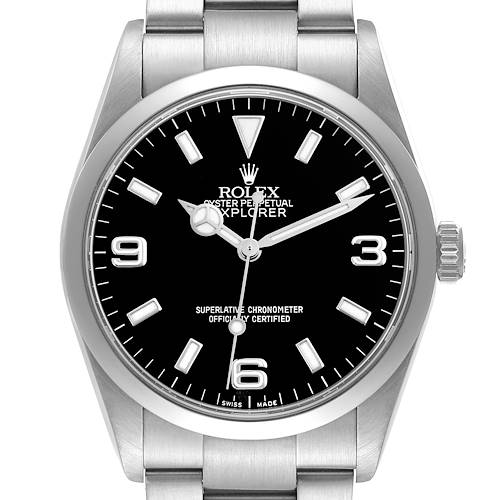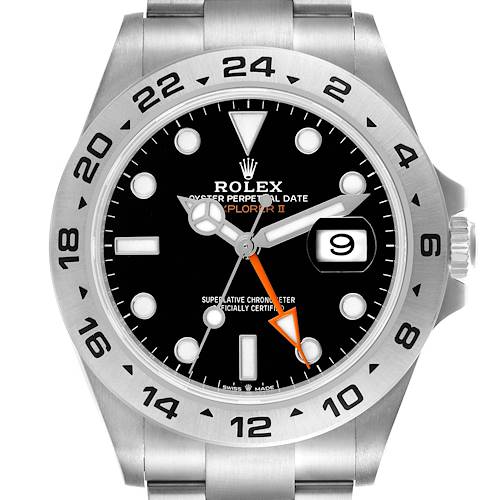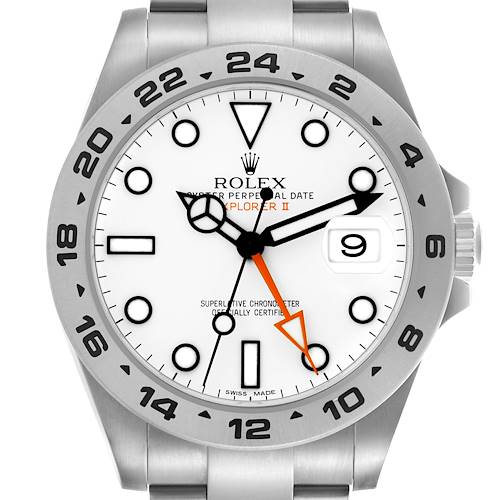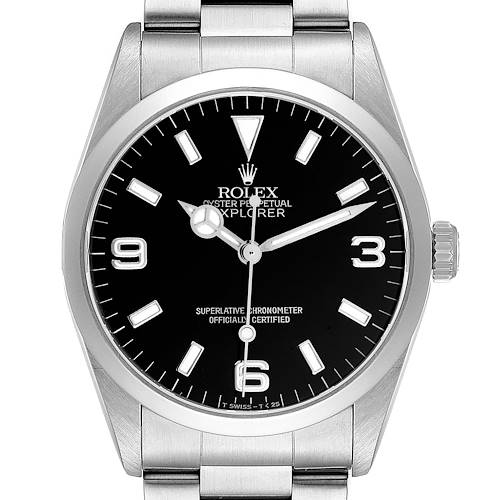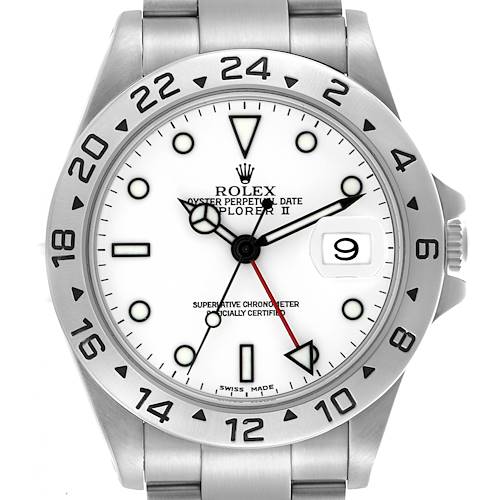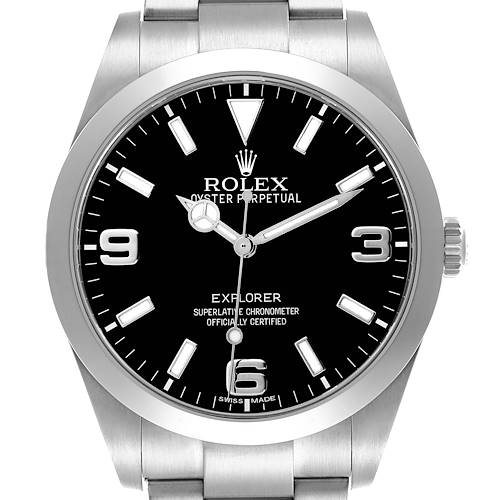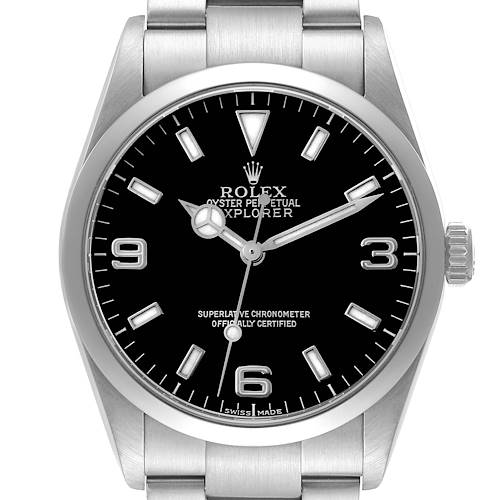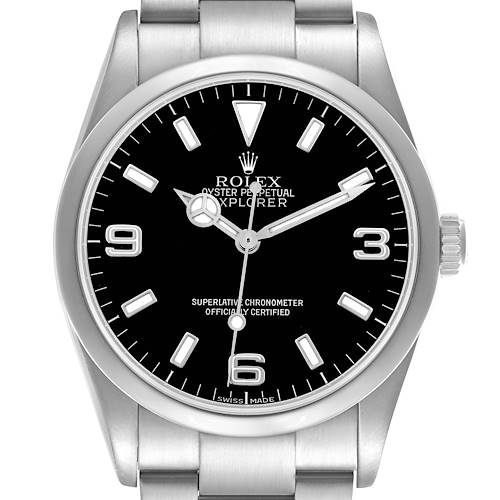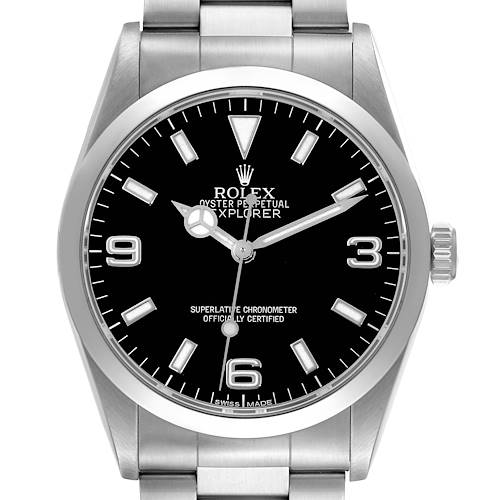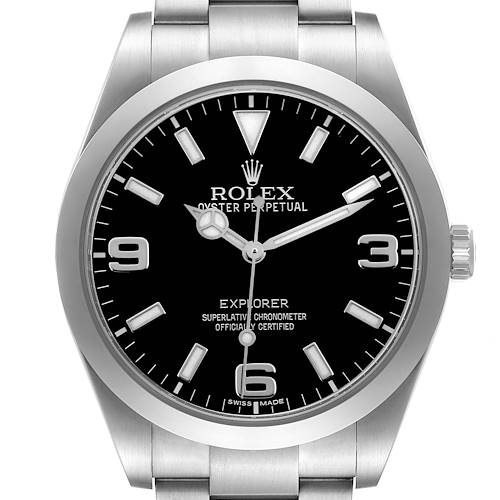- CALL US (404) 814-1814
- LIVE SUPPORT
- EMAIL US
-
WISHLIST (0)
-
CART(0)
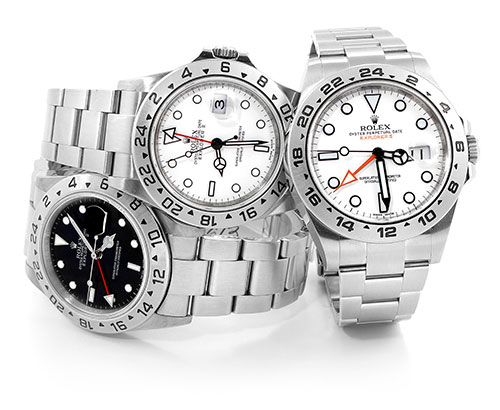
Rolex Explorer Watches
1,510 MATCHES FOUND
Over the years, the Explorer collection has expanded to encompass two distinct watch families - the Explorer I, designed for conquering peaks, and the Explorer II, tailored for delving into the depths of caves.
Built to last and highly legible, the Rolex Explorer is the preferred choice for individuals seeking durable and dependable timepieces that effortlessly complement any occasion.
IN STOCK
SwissWatchExpo ARCHIVE - RECENTLY SOLD

Rolex Explorer I 36mm Black Dial Steel Mens Watch 124270 Unworn
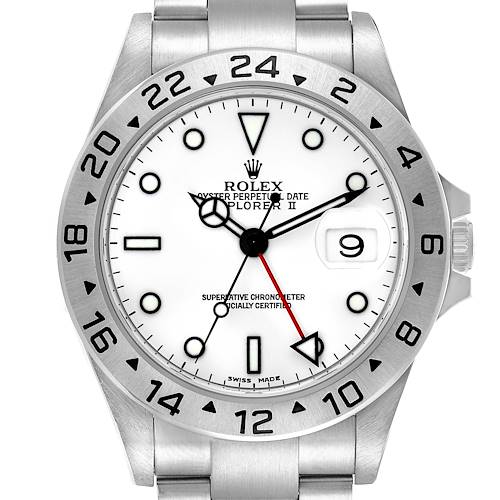
Rolex Explorer II Polar White Dial Steel Mens Watch 16570 Box Papers
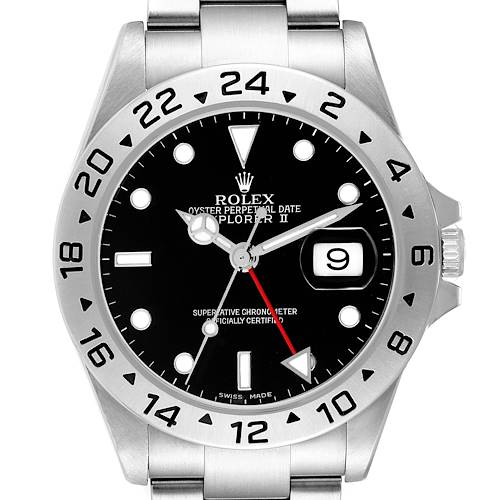
Rolex Explorer II Black Dial Parachrom Hairspring Steel Mens Watch 16570 Box Card

Rolex Explorer II Black Dial Automatic Steel Mens Watch 16570 Box Papers

Rolex Explorer II Black Dial Automatic Steel Mens Watch 16570
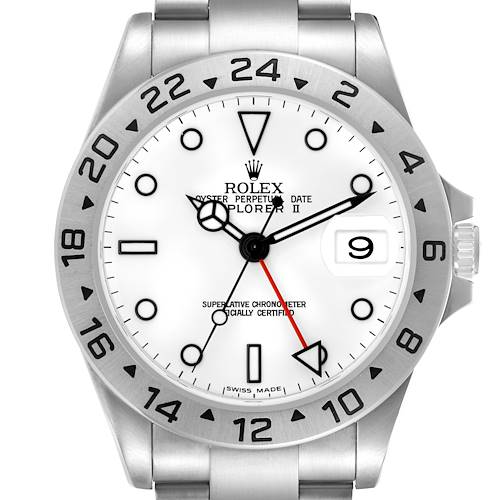
Rolex Explorer II Polar White Dial Steel Automatic Mens Watch 16570
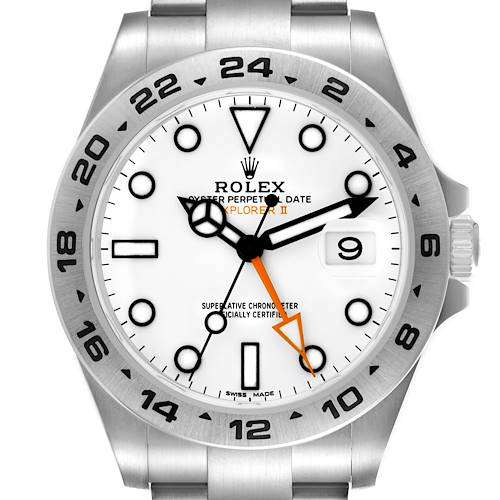
Rolex Explorer II Polar White Dial Steel Mens Watch 216570 Box Card
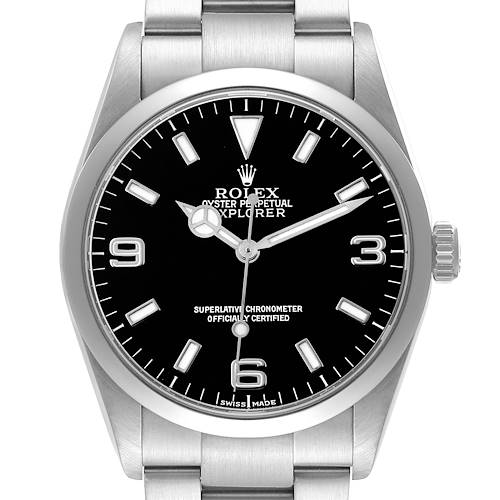
Rolex Explorer I Black Dial Steel Automatic Mens Watch 114270

Rolex Explorer II Parachrom Hairspring Steel Mens Watch 16570 Box Card
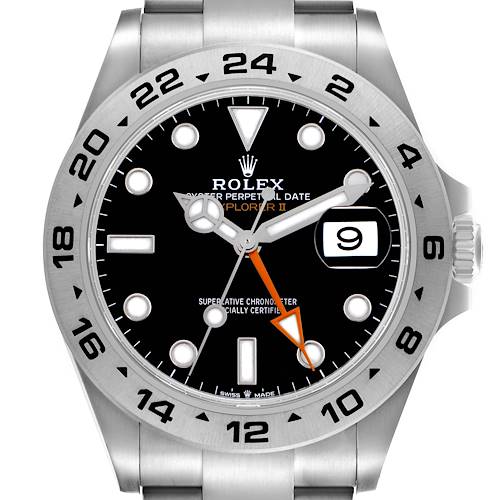
Rolex Explorer II 42mm Black Dial Steel Mens Watch 226570 Box Card

Rolex Explorer I 36mm Black Dial Steel Mens Watch 124270 Box Card
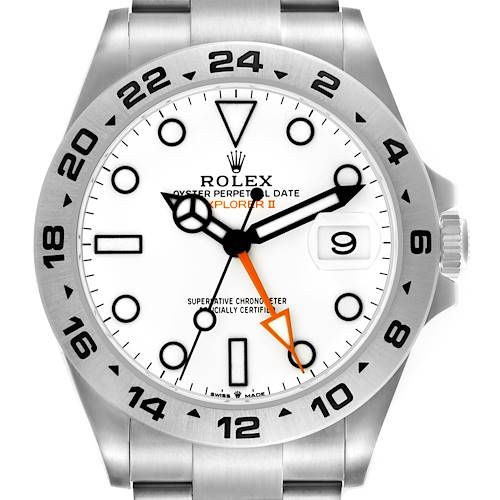
Rolex Explorer II 42 Polar White Dial Steel Mens Watch 226570 Box Card

Rolex Explorer II Steve Mcqueen Vintage Steel Mens Watch 1655
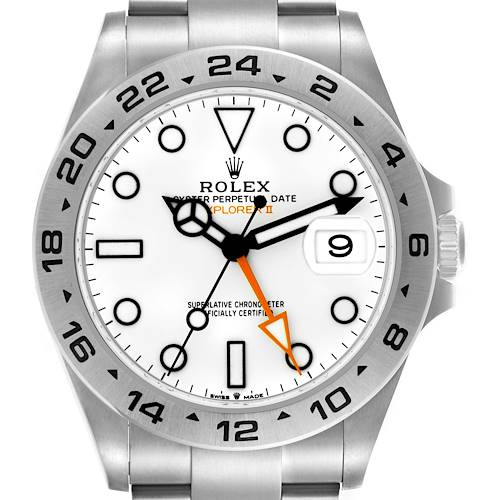
Rolex Explorer II 42 Polar White Dial Steel Mens Watch 226570 Box Card
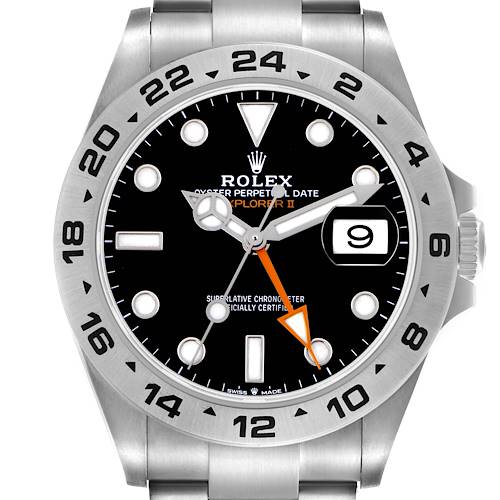
Rolex Explorer II 42mm Black Dial Steel Mens Watch 226570 Box Card
The Rolex Explorer stands as a timeless tribute to the resilience of humanity and the thrill of exploration. Inspired by Sir Edmund Hillary and Tenzing Norgay's historic ascent of Mount Everest with their trusted Rolex timepieces in 1953, the Explorer has established itself as a symbol of precision and dependability.
Comprising two distinct watch families within the Rolex catalog, the Explorer collection features the Rolex Explorer I and Rolex Explorer II. Crafted with adventurers in mind, both models are self-winding timepieces with a water resistance of up to 100m, yet they each possess unique characteristics.
The Rolex Explorer I exudes a minimalist charm, bridging the gap between a sports and dress watch. On the other hand, the Rolex Explorer II exudes a more pronounced sporty aesthetic with a larger case, enhanced markers and luminescent plots, a 24-hour bezel, and a vibrant 24-hour hand. Today, the Rolex Explorer collection remains the preferred choice for individuals seeking durable, reliable watches that effortlessly complement any ensemble.
Whether you are embarking on a mountain ascent or navigating the urban landscape, the Rolex Explorer captures the adventurous spirit that resides within us all.
How to Sell My Rolex Explorer
Sell or trade-in your Rolex Explorer for the best price with SwissWatchExpo. SwissWatchExpo makes it easy to sell or trade in your used or pre-owned Rolex Explorer to keep your luxury watch collection fresh!
Frequently Asked Questions
Does The Rolex Explorer Hold Its Value?
As one of Rolex's longest-running collections, the Explorer enjoys ubiquitous recognition. The versatile design also stands to continue gaining value, as even older designs remain wearable even decades after. With the introduction of new models in 2021, the Rolex Explorer also enjoyed a resurgence in interest. All these factors help secure the value of the Rolex Explorer.
How Will I Know If My Rolex Explorer Is Genuine?
Rolex Explorer watches are built for extreme conditions, and are crafted in keeping with Rolex's uncompromising quality standards. If the watch is lacking in heft, or if you see any sign of imperfection on the watch - such as misaligned and misspelled text or unfinished surfaces - it is likely a fake. Rolex Explorer models are also well-documented. It is always advisable to do research beforehand so you can make yourself familiar with the model's supposed features.
We also advise clients to only purchase a watch from a reputable and trusted retailer, such as SwissWatchExpo, who can provide a guarantee of authenticity on the watch.
Is The Rolex Explorer Waterproof?
The Rolex Explorer I and Rolex Explorer II are guaranteed water resistant to a depth of 100 meters or 330 feet. They come with Rolex's signature screw-down crowns and case backs, which protect the movement from moisture and dust that can be encountered with daily or sporting use.


